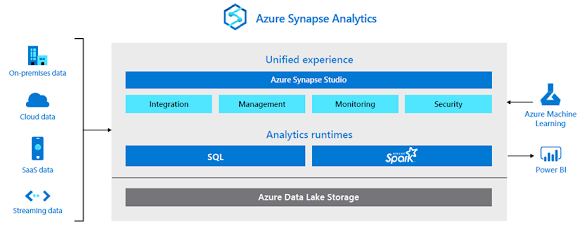Born again – CDS to Dataflex Pro
Microsoft recently announced a new service called Dataflex. In short, it is a data platform for low-code apps that can be built right within Microsoft Teams. This is a brand new commercial offering and it comes bundled with every subscription of Office 365 / Microsoft 365 that includes the right to use Teams.
Microsoft Dataflex delivers a built-in, low-code data
platform for Teams, and provides relational data storage, rich data types,
enterprise grade governance, and one-click solution deployment. Microsoft
Dataflex enables everyone to easily build and deploy apps and intelligent
chatbots in Teams with Microsoft Power Apps and Microsoft Power Virtual
Agents.
Extension of DataFlex Pro. So what is Dataflex Pro?
At the same time, Dataflex Pro became the new name for what
used to be called Common Data Service (CDS). For those who are more
familiar with Power Platform technology, you’ll know that CDS has served as the
foundation for building your custom Power Apps as well as leveraging the many
Dynamics 365 app products built by Microsoft.
So, what is actually new, what is just rebranding, and why
is the arrival of Dataflex into Microsoft Teams such a big deal?
Development
made easy
With both the Power Apps App Studio and the Power Virtual
Agents Portal embedded in Teams, users can now easily and quickly build apps
and bots with drag and drop simplicity in Teams without switching applications.
With this built-in data platform and an easy-to-use editable
data table, there is no need to connect to storage. All users can now easily
create custom data tables that are Teams and scenario specific. Optimize your
Teams processes, drive greater collaboration, and improve efficiency with a
built-in low code platform and low-code data storage.
Licensing
model
Let’s look at how Dataflex is positioned and licensed for
different scenarios. Starting from the left, the new capability can be seen as
the entry point into app creation on top of Dataflex. Its license is seeded
within Microsoft Teams, just like the Office 365 / Microsoft 365 plans already
come with seeded rights to use Power Apps & Power Automate to extend the
various business productivity apps found within the realm of Office. It’s
important to understand that the non-pro edition of Dataflex only allows the
creation and usage of apps from within the Teams clients. Technically these are
not the same as the official Teams custom apps built by pro
developers, but for the sake of this discussion let’s call them “Teams apps”
that happen to be powered by Dataflex and Power Apps.
Microsoft
Team as a collaboration platform
The COVID-19 crisis has rapidly changed the way we live and
work, and many organizations have shifted to remote work or are implementing a
hybrid remote work approach as they reopen physical locations. To support this
shift to hybrid remote work, we continue to improve the Microsoft Power
Platform integration with Microsoft Teams to enable our customers to tailor
Microsoft 365 to their needs and empower everyone to be a developer using
low-code tools.
As more and more work outside just meetings and chats
happens within the Teams client, it’s a logical place to also introduce new
digital tools that can support asynchronous teamwork and potentially reduce the
volume of meetings and calls that distract information workers. Presenting
structured business data via a modern UI in the context of Teams and automating
processes around it is something that organizational teams surely will have
many use cases for. With Dataflex now bundled into Teams and the simplified app
creation tools if offers, it’s hard to see how we would not see a sharp rise in
the number of Power Apps built by business users very soon.
For
further queries & assistance
As a Microsoft Gold certified partner, we have extensive
experience in delivering Office 365 based solutions. For more information,
please contact us from enquiries@prometix.com.au



Comments
Post a Comment